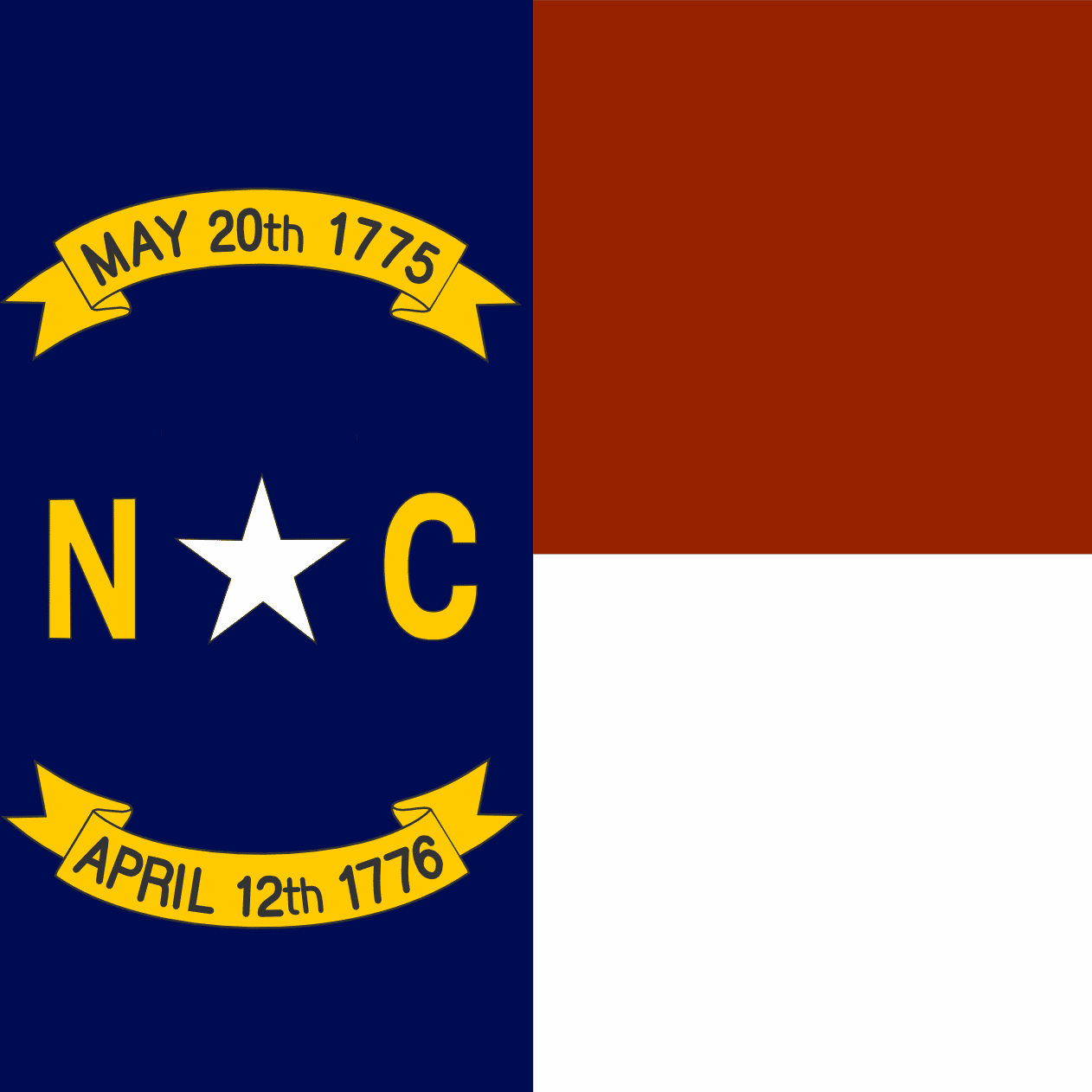NTCA–The Rural Broadband Association advises stakeholders to heed four recommendations regarding the $42.5 billion BEAD funding program. Some of the recommendations apply to broadband providers, while others could apply to legislators and to state agencies responsible for administering the program.
The association set the stage for the recommendations by noting that the NTIA calls 2024 “the year of execution” for BEAD.
NTCA BEAD Recommendations
NTCA’s first recommendation applies to providers that don’t plan to apply for BEAD funding, as well as those who plan to do so.
Noting that most states are just beginning the BEAD challenge process, NTCA said the challenge process is critical to determining areas eligible for funding. The association advised providers to “monitor and participate in challenges, even if they do not plan to bid for funding as a necessary step to help prevent overbuilding of networks, promote efficient use of funds, and ensure effective coordination with other programs,”
The association also had some advice about the size of project areas that could apply to state broadband offices.
“Large BEAD project areas could discourage small providers from participating and drive costs higher,” NTCA said. “Smaller, right-sized project areas target funds to the areas that most need them and will encourage program participation by those best able to serve them.”
In some states, providers may be allowed to define their own project areas. In an interview with Telecompetitor last month, CostQuest CEO Jim Stegeman agreed that defining smaller areas may increase participation. He also noted that doing so could increase competition.
CostQuest is responsible for the location database, also known as the fabric, that underlies National Broadband Map, which states will use in determining project areas and which providers will use in determining the locations for which they will apply for BEAD funding.
NTCA’s third recommendation was to use the most future-proof technology possible. Although the association didn’t use the word “fiber,” that’s clearly what it had in mind.
“BEAD presents a once-in-a-lifetime investment in broadband,” NTCA said. “But this historic public investment must be matched by investments in future-proof technology that will enhance rural communities’ education, healthcare and economic opportunities and help close the digital divide. There likely won’t be any ‘do-overs’ when it comes to broadband funding, so we need to get it right.”
This is the latest example of NTCA’s ongoing advocacy for fiber. In February, the organization — along with ACA Connects and the Fiber Broadband Association — sent a letter to NTIA Assistant Secretary Alan Davidson urging the agency to continue prioritization of fiber in its review of state plans.
NTCA’s fourth recommendation applies to legislators and advocates for not taxing broadband grants. Taxing grants could deter small and rural ISPs from participating in many states, NTCA said.
Joan Engebretson contributed to this report



